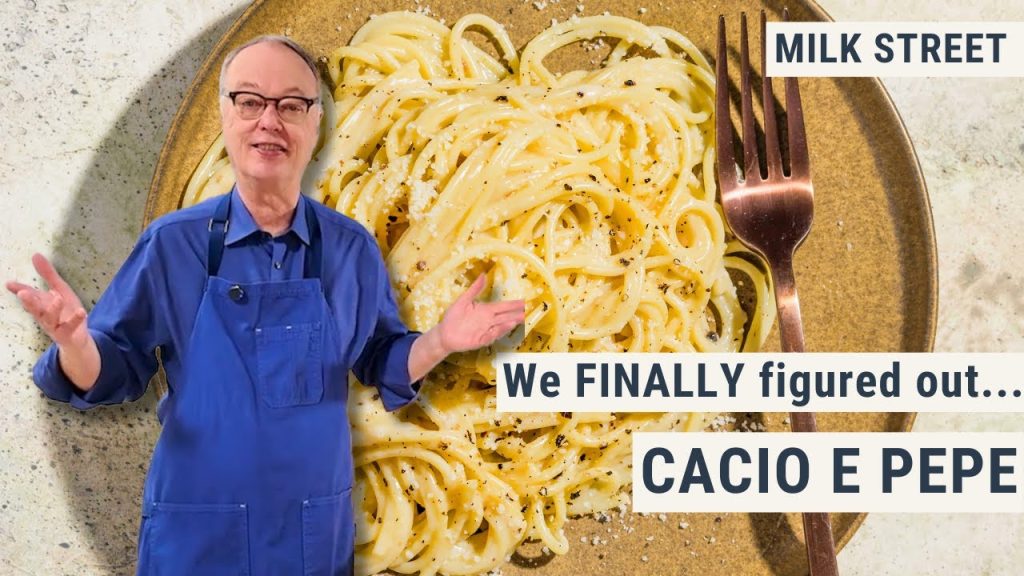
Get the recipe for Cacio e Pepe here:
And our new book “Backroads Italy” on Amazon:
We have attempted to perfect cacio e pepe roughly, oh, one hundred times over the years. It is the simplest of dishes, but achieving creamy, silky perfection can seem to require an alchemical miracle that’ll make even a seasoned cook despair. We’d previously used cornstarch, which works, but it felt like a cheat.
So Christopher Kimball finally travelled to Rome, to meet 40 chefs, in the hopes of figuring it out.
There are four tenets of the ideal dish, he wrote, in our magazine. 1) The cheese must be fully melted. 2) The sauce is neither too dense, nor too washy. 3) The sauce must not congeal as it cools. And 4), above all, he wrote, “the pasta, the cheese and the pepper need to forge a culinary harmony that, when perfected, makes this one of Italy’s greatest dishes.”
Our problem, it turns out, is the quality of the pasta. Italian fresh-made, bronze-cut pasta exudes a lot of starch, which helps to smooth sauces and marry them to noodles. So we found that it’s critical to use bronze-cut pasta—noodles with a rough, outer surface, which appears powdery compared to plastic-smooth spaghetti. (This is actually cheap and widely available; just look for box that says “bronze die” or “bronze drawn,” like DeCecco.)
Secondly, we cook in very little water, in a skillet, to help maximize the starch volume. This surprisingly emulsified even mediocre cheese into a sauce that doesn’t turn gluey or clump.
Also find “Backroads Italy” at Barnes & Noble:
And Hachette:
—————————————————————————————————————————
#milkstreetrecipe #milkstreet #cacioepepe #pasta #backroadsitaly #pastarecipe #dinner #dinnerrecipe #easyrecipe #food #cooking #howtomakecacioepepe #recipe
source
